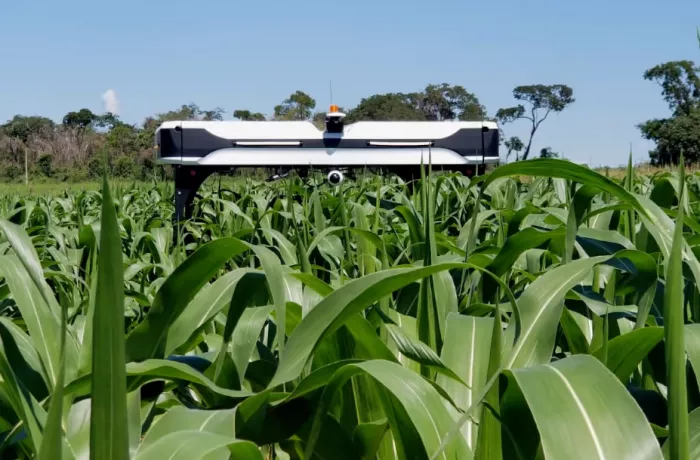If the crops do not need large-scale spraying, farmers can save a lot of work and costs, and the environment can also save a lot of harmful chemicals. The design of Solix, a new plant detection robot, takes these facts into account The Solix robot, created by solinftec, a Canadian agricultural technology company, will move back and forth autonomously in farmers' fields on four wheels

In doing so, it will use onboard cameras and other sensors (as well as artificial intelligence based software) to check the health of crops and assess their nutritional content. In addition, it will look for evidence of damage by weeds and insects. Using these data, it will also monitor the state of the entire field ecosystem.
When a problem is found, its location in the field will be recorded and reported to the farmers, and suggestions on how to correct the problem will be put forward. Farmers can then apply herbicides, fertilizer or extra water as needed, rather than maintaining their base by treating the entire field.

This not only means that farmers do not have to buy or use almost as many chemicals, but also means that the amount of chemicals entering the environment will be much smaller. In addition, it is hoped that the yield can be improved by continuously maintaining the health of crops.
The technical specifications of the Solix robot have not yet been released because it is still under development.

Solinftec plans to work with researchers from the University of Saskatchewan to evaluate the technology at stone farms in Davidson, Saskatchewan. Assuming these experiments go well, the robot should be able to be used for commercial use of wheat crops in time for the planting season next year.